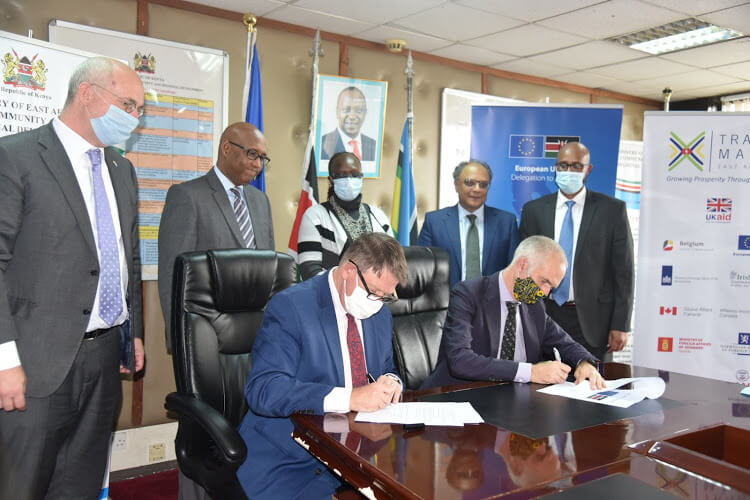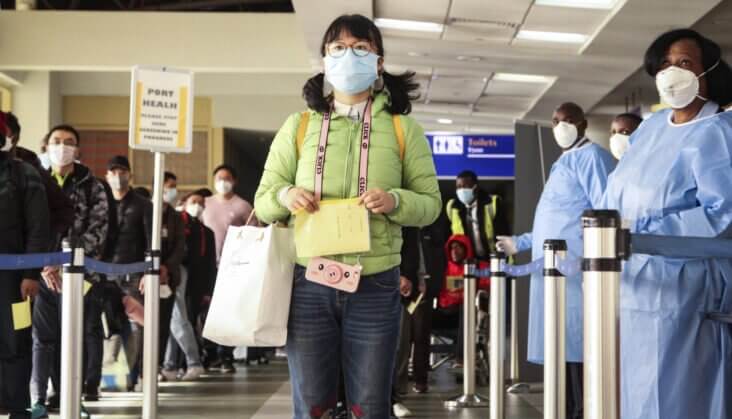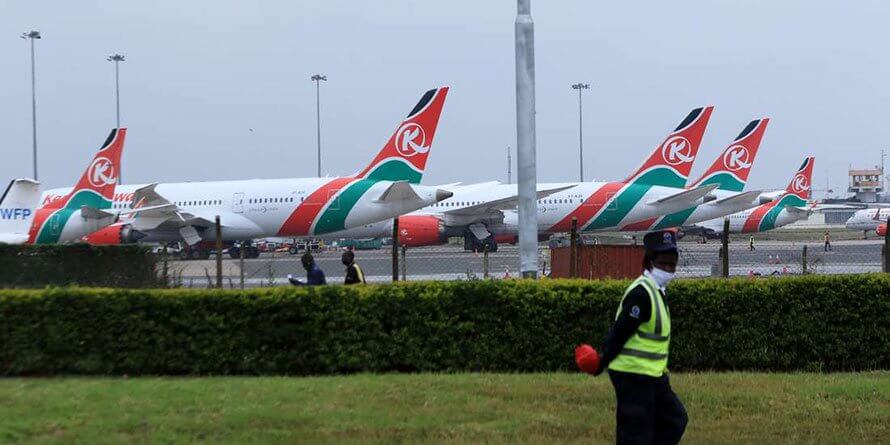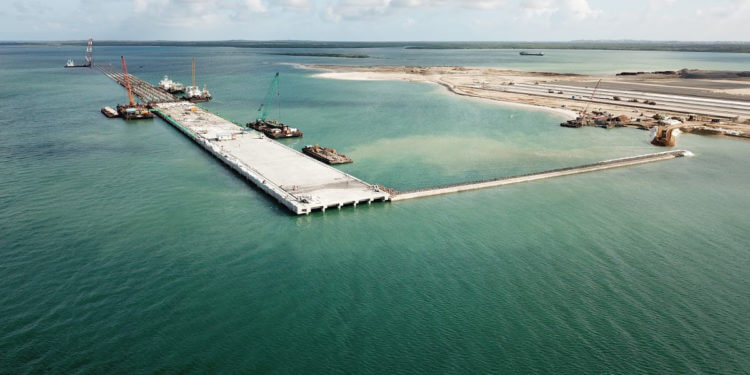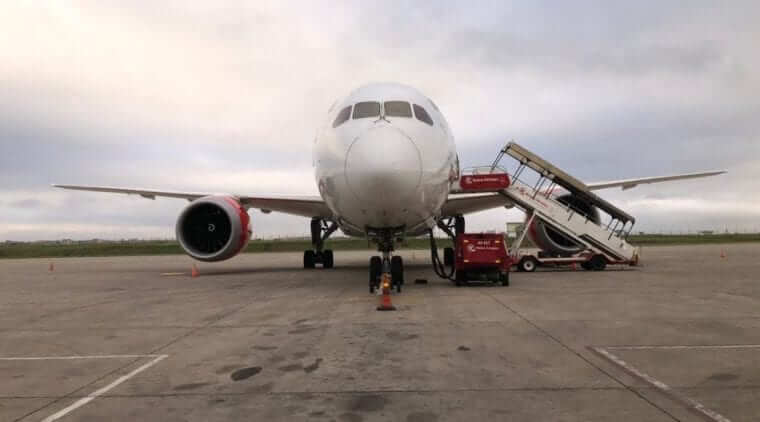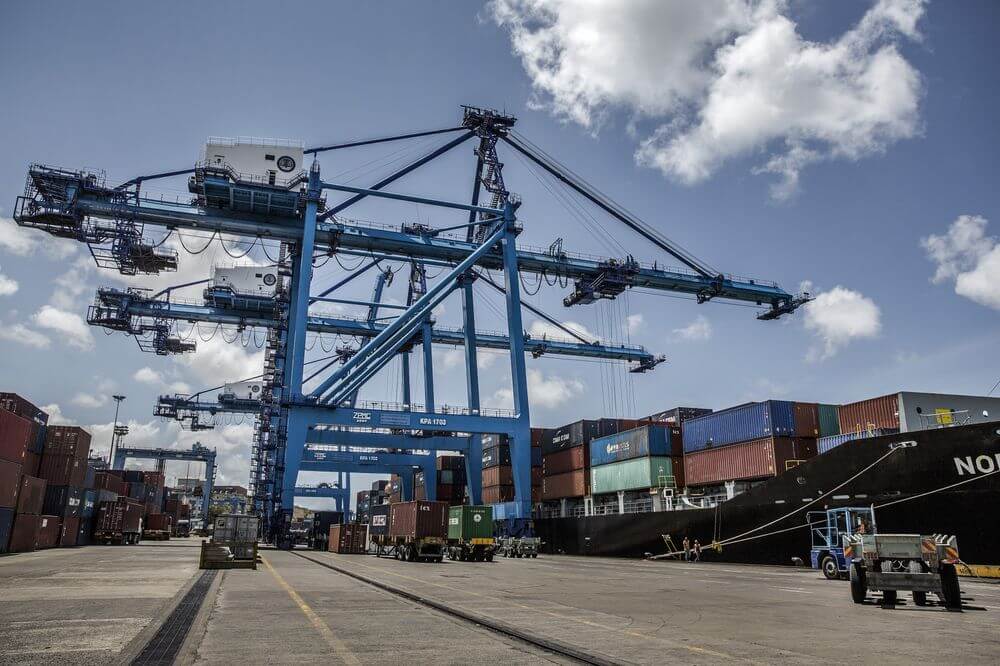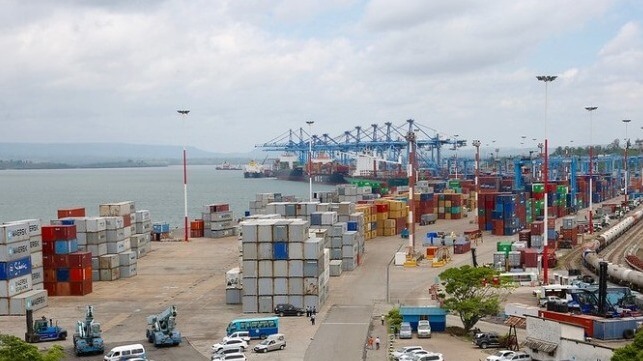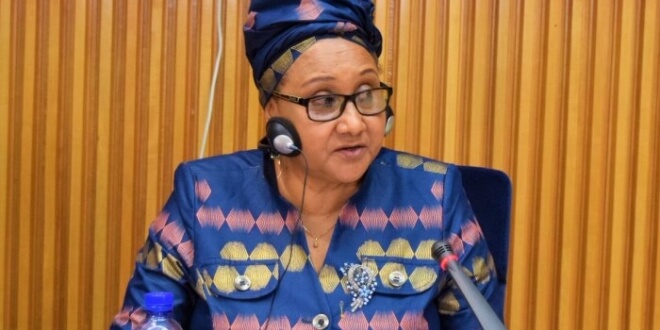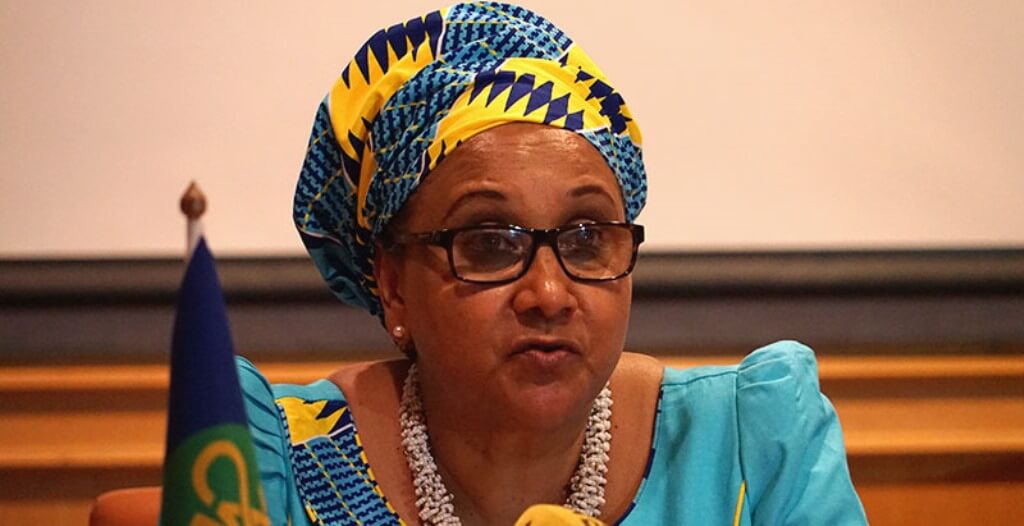Nairobi's informal settlements of Mathare and Kibera are set to benefit from an initiative dubbed Pamoja Dhidi ya Corona. The initiative was launched by Search For Common Ground with the support of the European Union to help marginalised communities in Kenya fight Covid-19 pandemic. At a cost of Sh66.25 million, the 15-month initiative will help the communities to fully implement government’s Covid-19 response measures by providing accurate information. By doing this, it will allow these communities to protect themselves from the virus. “This initiative is essentially about strengthening the connections between Kenyan citizens in marginalised communities and the rest of society, as well as the government, and about preserving and strengthening the social contract during the pandemic,” EU Ambassador to Kenya Simon Mordue said. He spoke at the launch on Thursday at Park Inn Hotel in Nairobi. The initiative is part of a global Team Europe – the EU and the member states - response to the Covid-19 pandemic. Ambassador Mordue noted that Team Europe is providing close to Sh40 billion in support to Kenya during the pandemic through a range of measures, and EU’s solidarity will continue beyond the immediate health crisis. Pamoja Dhidi ya Corona comes at a time when the number of infections in Kenya has crossed the 19,000 mark with close to 300,000 tests done.. As of July 30, when Kenya recorded 788 new cases, the country had confirmed 19,913 infections. The new positives were from 5,521 samples. Search For Common Ground’s Swahili Coast director Judy...
EU launches Sh66.25 million ‘Pamoja Dhidi ya Corona’ initiative
Posted on: August 3, 2020
Posted on: August 3, 2020

